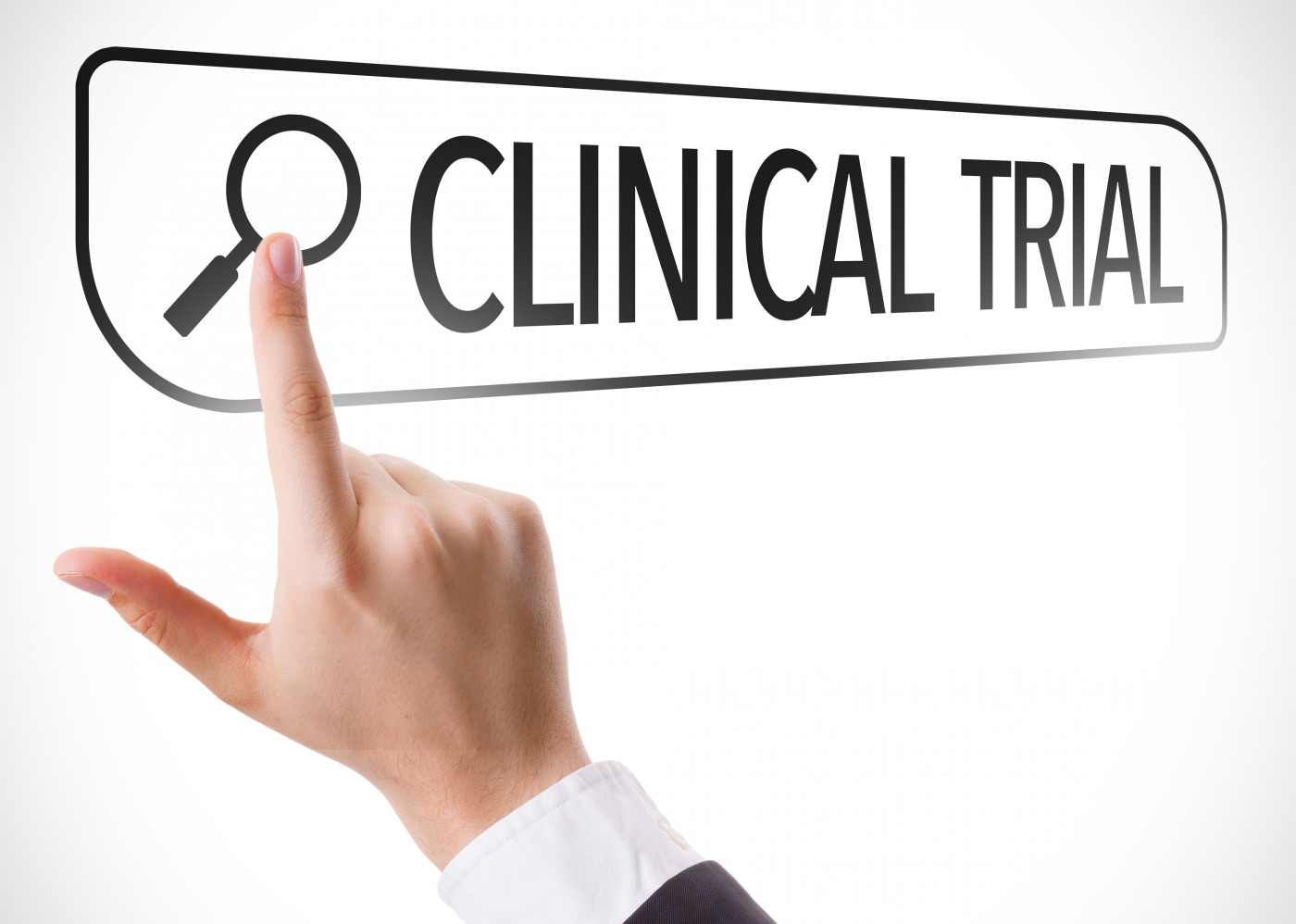Amryt Releases Design of Pivotal Trial Evaluating Oleogel-S10 for EB Patients of All Ages
Written by |

Amryt Pharma is conducting a Phase 3 clinical trial evaluating the effectiveness and long-term safety of Oleogel-S10 (AP101), a topical formulation of birch bark extract, for accelerating wound healing in patients with epidermolysis bullosa (EB).
EASE is a pivotal study designed to support regulatory submissions seeking approval of Oleogel-S10, in combination with standard of care, for patients with EB. Top-line results are expected later this year.
The report “Oleogel-S10 Phase 3 study “EASE” for epidermolysis bullosa: study design and rationale,” published in the journal Trials, includes study design and grounds for the clinical trial. It also discusses the difficulties of designing an appropriate study in the complex setting of EB, as well as the general difficulties in designing and conducting clinical trials in rare diseases.
Oleogel-S10, also known as AP101, is a gel applied to the skin; its is 10% birch bark extract combined with 90% sunflower oil. The active ingredient is based on betulin, a natural compound abundant in the bark of birch trees.
This betulin-rich extract is clinically proven to stimulate keratinocytes — cells that regenerate the skin’s outer layer — to move across wound sites and differentiate into epithelial skin cells, accelerating wound closure and skin restoration. Betulin also regulates the inflammatory phase of wound healing, which likely enhances the repair.
Oleogel-S10 has been approved in Europe since 2016 for the treatment of partial thickness wounds in adults, under the brand name Episalvan. In August 2018, the U.S. Food and Drug Administration (FDA) granted rare pediatric disease designation to Oleogel-S10 for the treatment of children with EB, which is expected to support and expedite its clinical development, regulatory review, and approval.
Prior trials have demonstrated the wound-healing potential of Oleogel-S10 in split-thickness skin grafts (STSG) and burn wounds, which are similar in structure to EB wounds. A small proof-of-concept Phase 2 study (EudraCT 2010-019945-24) also showed the gel was safe to use in EB patients and suggested improved effectiveness over standard of care, warranting a larger study.
Based on those trials’ results, in 2018 Amryt initiated EASE, a placebo-controlled Phase 3 trial (NCT03068780) designed to compare the effectiveness and safety of Oleogel-S10 versus a placebo in the healing of EB partial thickness wounds.
EASE is a global study still recruiting patients in multiple countries, including the U.S., Europe, Asia, Australia, Middle East, and Latin America.
Except for EB simplex, patients enrolled may have any other type of inherited epidermolysis bullosa, including junctional EB, dystrophic EB, and Kindler syndrome, which affect different layers of the skin.
Earlier this year, an interim analysis conducted by an independent data monitoring committee (IDMC) recommended the trial’s continuation, along with an increase in 48 enrolled patients up to a total of 230, to provide better statistical power to determine Oleogel-S10’s superiority over a placebo.
A safety analysis conducted by the same panel also recommended the inclusion of children with EB of all ages, starting from 21 days old.
In the first phase of the study, patients are randomly and blindly assigned to standard-of-care wound dressing combined with either Oleogel-S10 or a placebo (sunflower oil gel), for at least once every four days for 90 days.
The study continues to an open-label follow-up phase where all patients are given Oleogel-S10 for 24 months. The intent of this phase is to obtain long-term safety data, along with additional effectiveness results.
The trial’s primary goal is to determine the proportion of patients achieving complete closure of the target wound within the first days of treatment — approximately 45 days. Secondary measures include the time taken to completely heal a wound, change in total body wound burden over time, self-reported pain, itching, sleep quality, and days missed from work or school, as well as safety assessments.
Enrollment for the trial is expected to be complete during the third quarter of this year, and top-line results should be available in the second half of the year. More information about the trial and how to participate is available here.





